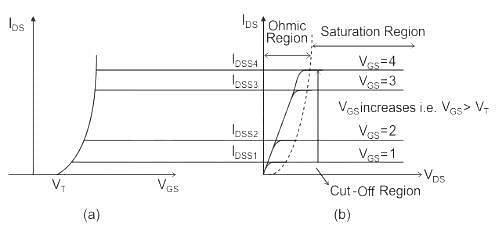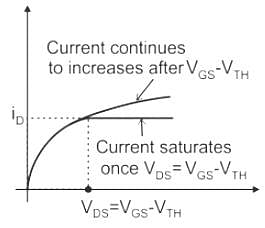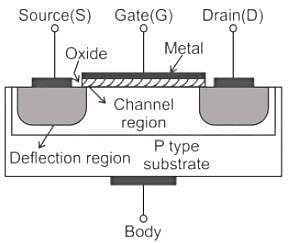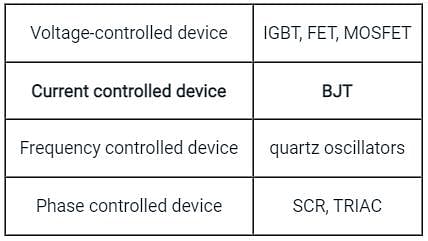Test: MOSFET - 2 - Electronics and Communication Engineering (ECE) MCQ
10 Questions MCQ Test GATE ECE (Electronics) Mock Test Series 2025 - Test: MOSFET - 2
An N-channel JFET has IDSS = 1 mA and VP = -8V. Its maximum transconductance is ________
The (Id - Vgs) characteristics of a MOSFET in the saturation region is:
| 1 Crore+ students have signed up on EduRev. Have you? Download the App |
For n-channel depletion JFET, the highest trans-conductance gain for a small signal is at
In which of the following cases, MOSFET is helpful?
(I) Switch for LED
(II) Switch with hysteresis
(III) Switching Solenoid
The effective channel length of MOSFET in saturation decreases with increase in
A CMOS amplifier when compared to an N–channel MOSFET, has the advantage of
The O in a MOSFET stands for _______ layer which provides _______ to the device.
Which of the following power electronics devices can carry DC current in both directions?
Power MOSFETs (MOSFETs) are classified as which type of power electronics device?
|
25 docs|263 tests
|
|
25 docs|263 tests
|



















 now is no longer infinite.
now is no longer infinite.


















